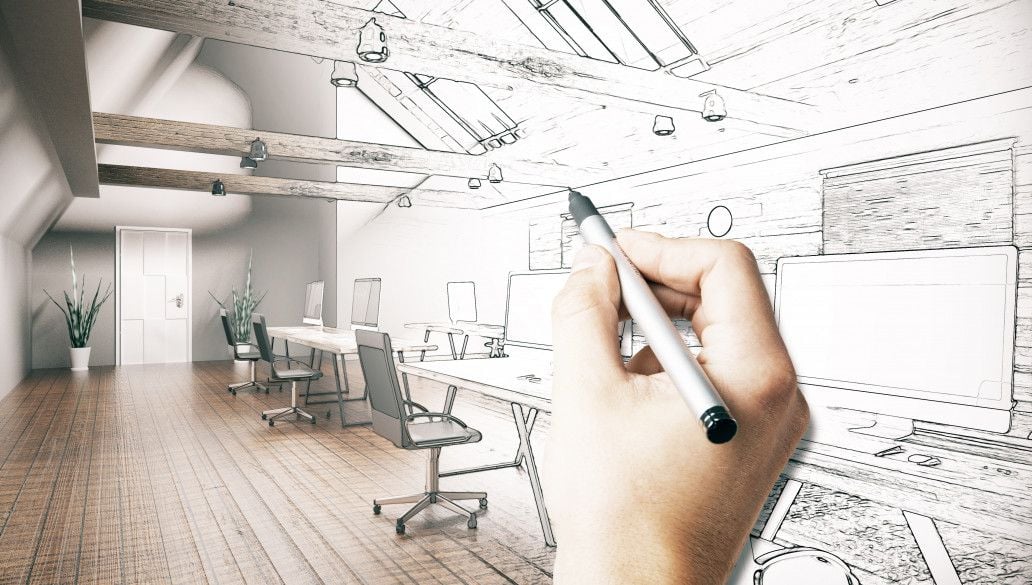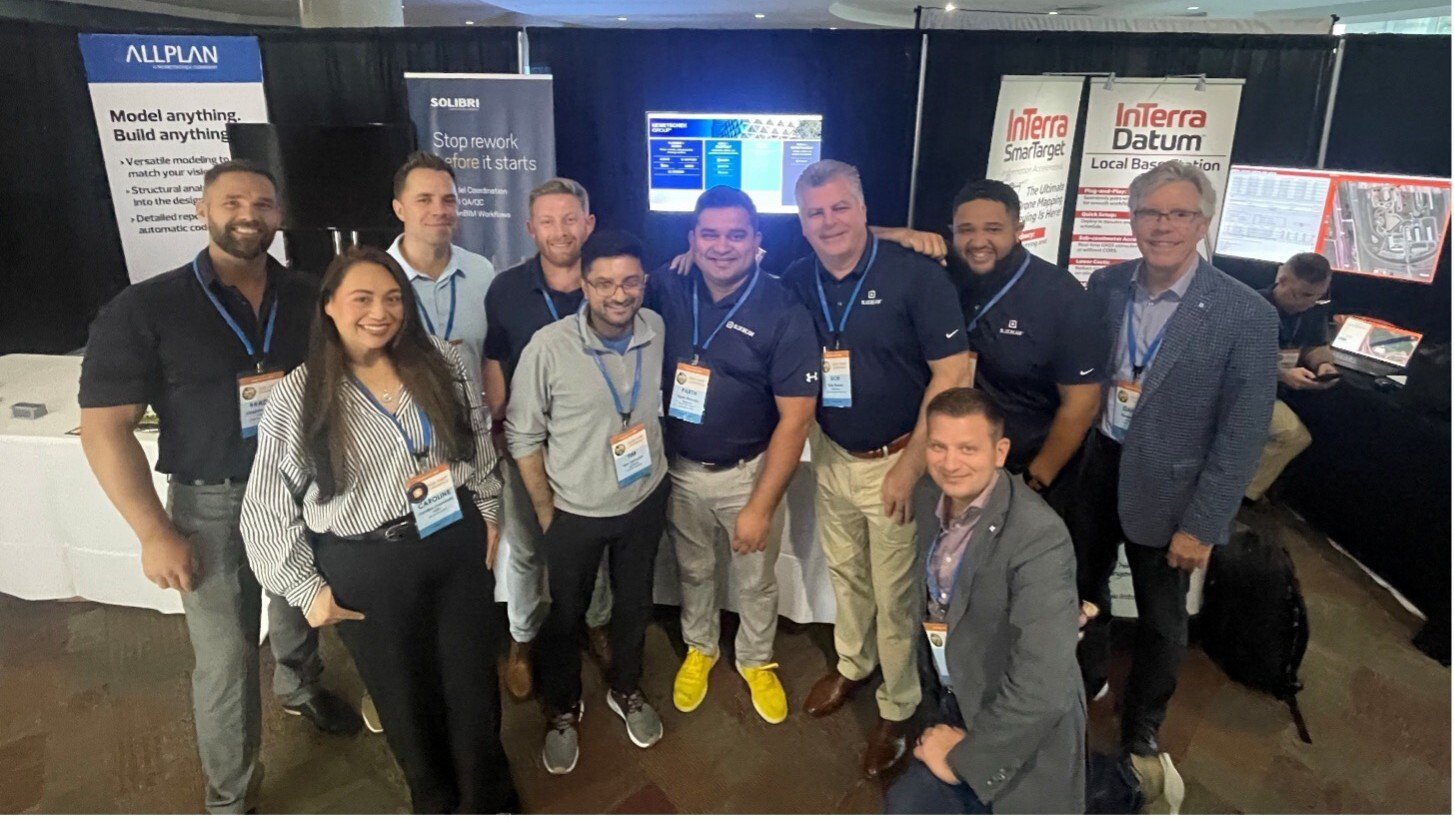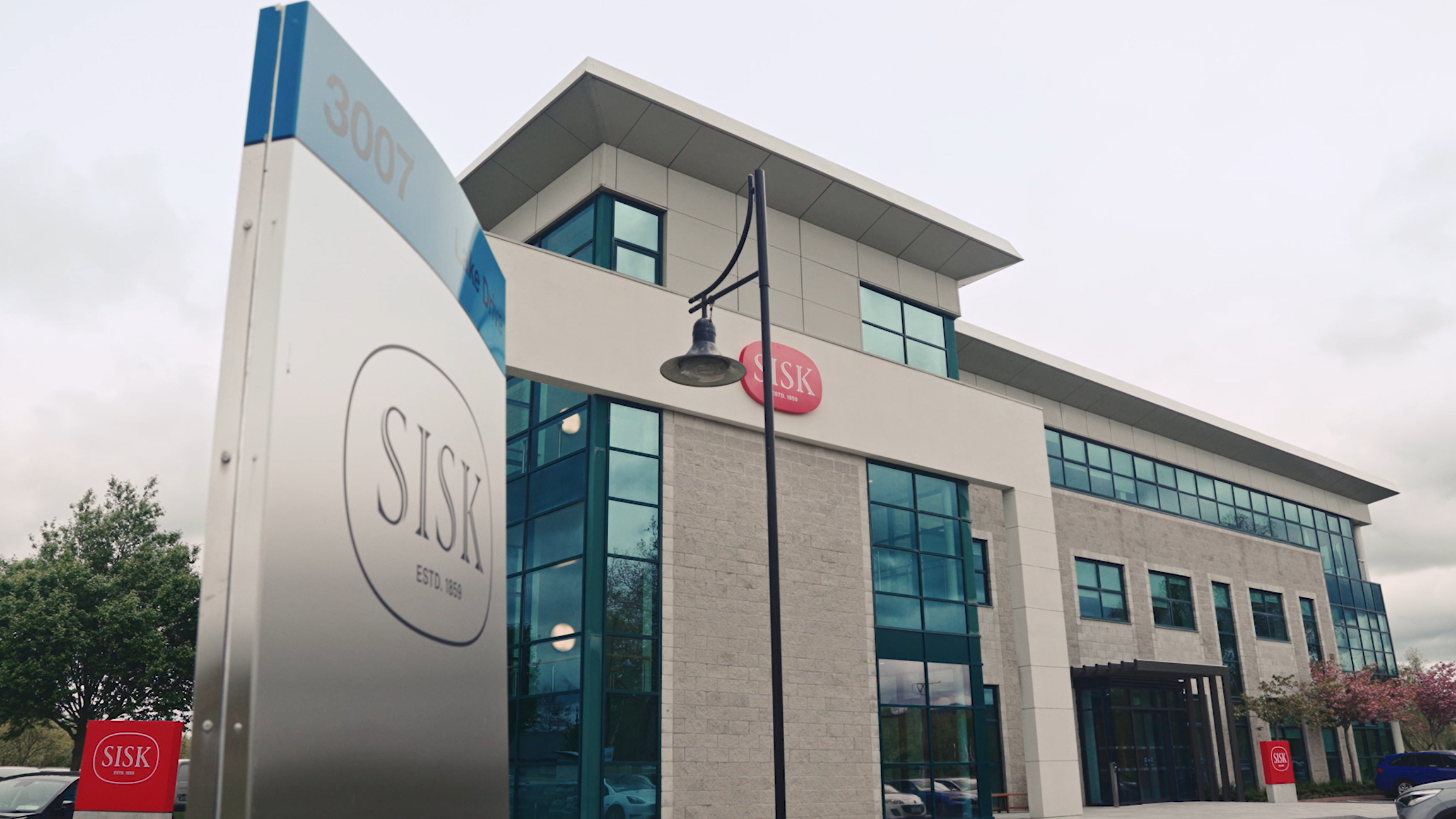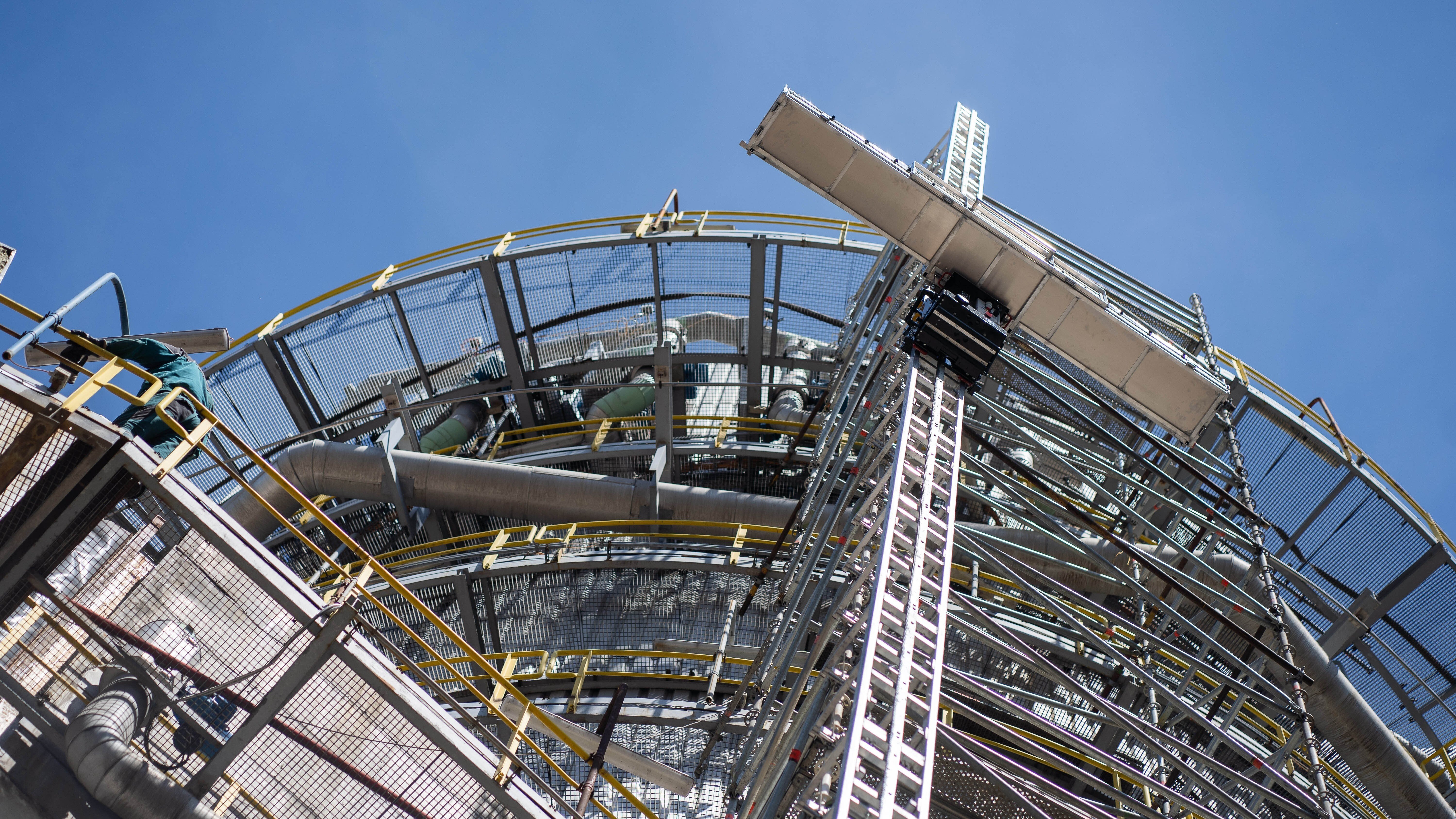Why We Need to Embrace 3D Design
In the 1980s, drafting was transformed by the advent of computer-aided drafting – what we now call CAD. Nearly forty years later, the architecture, engineering and construction (AEC) industry is still heavily reliant on this technology, despite the advances have been made since.
Author
Nemetschek Group
This article belongs to the collection Quality & Efficiency
To the topic pageThe benefits in comparison to hand-drawn designs were starkly obvious: faster changes, improved accuracy, and easy scalability and reproducibility. Nearly forty years later, the architecture, engineering and construction (AEC) industry is still heavily reliant on this technology, despite the advances that have been made since. Although advanced 3D modeling software has existed for some time, as an industry we have been reluctant to embrace it – and yet, much like the difference between manual drafting and CAD, the benefits are immense.
For many designers, the main concern is the greater amount of time required to produce a design in 3D compared to 2D. However, this is a common misconception, as in many cases creating a 3D model is significantly quicker than 2D CAD. Much of this efficiency comes from the intelligence that is built into advanced 3D modeling software – the program knows that a wall is a certain thickness, and that any doors or windows that are inserted into it need to be of the same thickness, for example.
In contrast, with 2D CAD there is no distinction made between the different elements, as it is simply a collection of lines, polylines and arcs. Even if a pre-designed object were to be inserted (such as a block), several commands are required to move, rotate, and extend or trim the object to fit into the desired space. Over the course of a large project, this can add up to many hours spent simply adjusting elements – time that could be better spent on other activities.
Besides the time-saving aspects of 3D design, it also offers a significant increase in accuracy. Being able to visualize a completed design and the interactions between different components is incredibly valuable, enabling clashes and errors to be rectified before the project reaches site. Managing changes is another area that often introduces discrepancies into a design, particularly as projects often have multiple iterations. In 2D CAD, each detail is drawn separately and requires manual updates should anything change. With a 3D model, each section, view, or detail is extracted from the model and will update automatically when the model changes, ensuring there are no missing updates, even on a large project. Significant time and resources can be saved just through improving the precision – and therefore quality – of the final design.
Moving to a 3D-model-based approach is also the first step towards unlocking value in other areas. For example, 4D and 5D modeling add time and cost information to the model, enabling improved cost estimates and realistic construction schedules to be created based on facts rather than subjective opinion. Project management and monitoring can be compared against a sensible baseline, so corrective action can be taken, if necessary, in good time.
As model-based design becomes increasingly commonplace – thanks to Building Information Modeling (BIM) – more uses will be developed to leverage the information contained within the model. For example, facilities and operations management are beginning to use digital twins to identify operational efficiencies and improve their asset management strategies. As more emerging technologies such as artificial intelligence and the Internet of Things (IoT) continue to develop, the value of a 3D model and the information it contains will increase even further, particularly as we look to create more sustainable buildings.
In an era where time is of the essence, resources are limited, and sustainability is a core requirement, the question remains – why not use 3D modeling? For now, the 2D CAD drawing looks much like the drafting board did all those years ago – outdated and inefficient.
The status quo of 3D modelling in the AEC/O industry
The benefits in comparison to hand-drawn designs were starkly obvious: faster changes, improved accuracy, and easy scalability and reproducibility. Nearly forty years later, the architecture, engineering and construction (AEC) industry is still heavily reliant on this technology, despite the advances that have been made since. Although advanced 3D modeling software has existed for some time, as an industry we have been reluctant to embrace it – and yet, much like the difference between manual drafting and CAD, the benefits are immense.
For many designers, the main concern is the greater amount of time required to produce a design in 3D compared to 2D. However, this is a common misconception, as in many cases creating a 3D model is significantly quicker than 2D CAD. Much of this efficiency comes from the intelligence that is built into advanced 3D modeling software – the program knows that a wall is a certain thickness, and that any doors or windows that are inserted into it need to be of the same thickness, for example.
In contrast, with 2D CAD there is no distinction made between the different elements, as it is simply a collection of lines, polylines and arcs. Even if a pre-designed object were to be inserted (such as a block), several commands are required to move, rotate, and extend or trim the object to fit into the desired space. Over the course of a large project, this can add up to many hours spent simply adjusting elements – time that could be better spent on other activities.
Besides the time-saving aspects of 3D design, it also offers a significant increase in accuracy. Being able to visualize a completed design and the interactions between different components is incredibly valuable, enabling clashes and errors to be rectified before the project reaches site. Managing changes is another area that often introduces discrepancies into a design, particularly as projects often have multiple iterations. In 2D CAD, each detail is drawn separately and requires manual updates should anything change. With a 3D model, each section, view, or detail is extracted from the model and will update automatically when the model changes, ensuring there are no missing updates, even on a large project. Significant time and resources can be saved just through improving the precision – and therefore quality – of the final design.
Moving to a 3D-model-based approach is also the first step towards unlocking value in other areas. For example, 4D and 5D modeling add time and cost information to the model, enabling improved cost estimates and realistic construction schedules to be created based on facts rather than subjective opinion. Project management and monitoring can be compared against a sensible baseline, so corrective action can be taken, if necessary, in good time.
As model-based design becomes increasingly commonplace – thanks to Building Information Modeling (BIM) – more uses will be developed to leverage the information contained within the model. For example, facilities and operations management are beginning to use digital twins to identify operational efficiencies and improve their asset management strategies. As more emerging technologies such as artificial intelligence and the Internet of Things (IoT) continue to develop, the value of a 3D model and the information it contains will increase even further, particularly as we look to create more sustainable buildings.
In an era where time is of the essence, resources are limited, and sustainability is a core requirement, the question remains – why not use 3D modeling? For now, the 2D CAD drawing looks much like the drafting board did all those years ago – outdated and inefficient.





